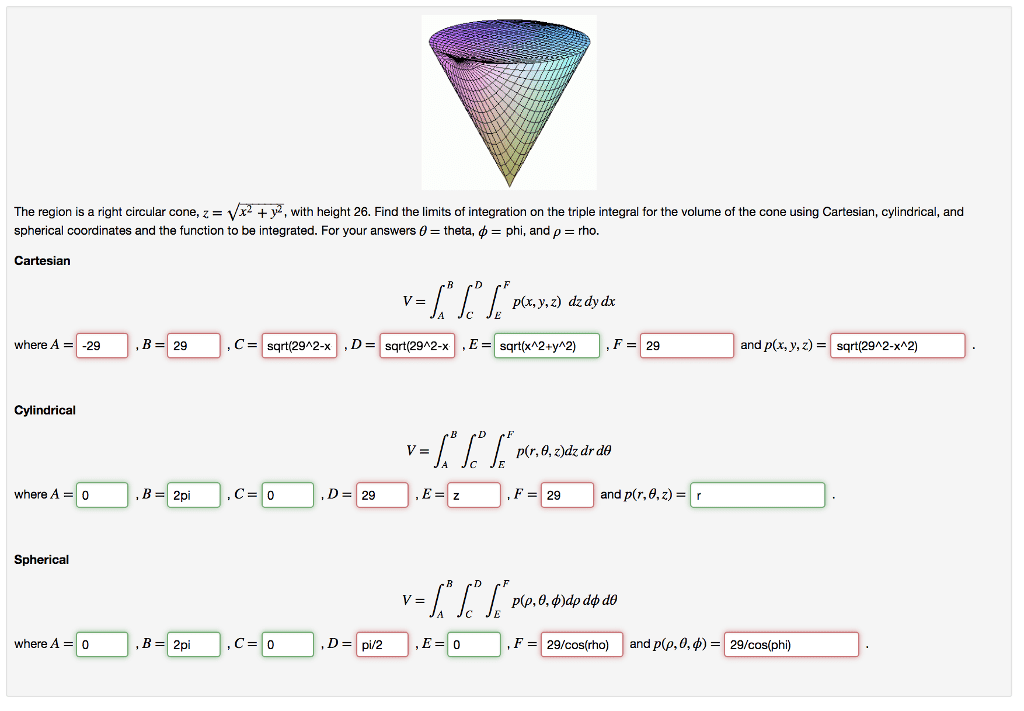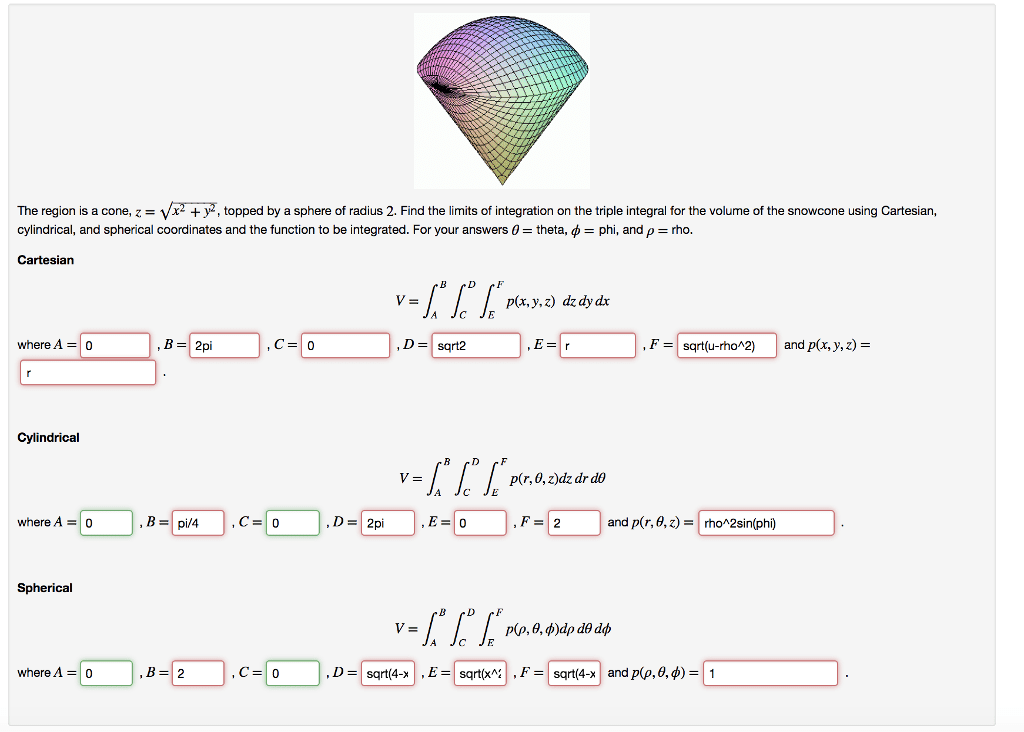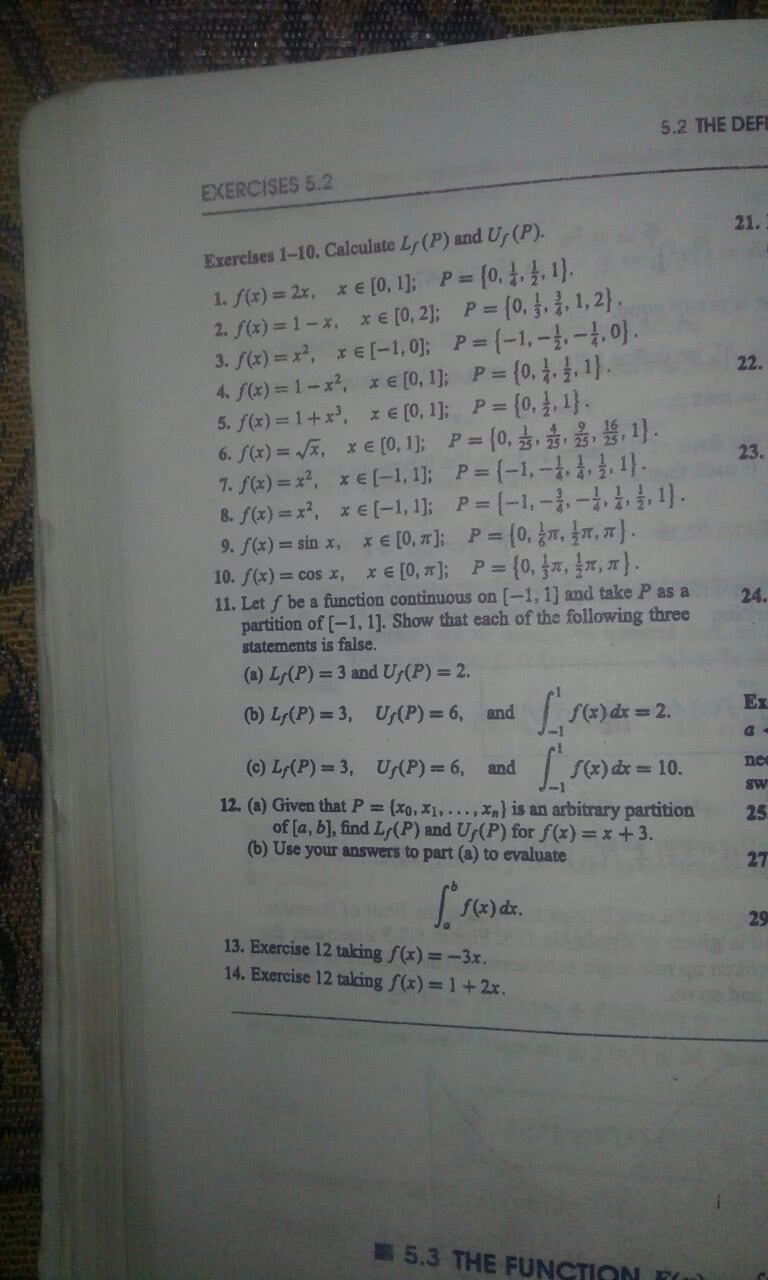MAT 2379 Lecture Notes - Lecture 1: Biostatistics, Cumulative Distribution Function, Probability Distribution
Document Summary
Up to now we have been working with discrete random variables whose range is. However we will have to allow for variables that can take values an interval of real numbers. The weight (or height) of an individual; 2. The blood pressure (or temperature) of a patient; 3. The major mathematical di erence between continuous and discrete random variables is that the probability that a continuous random variable x takes a particular value x is 0, that is: P (x = x) = 0 for any numerical value x. For continuous random variables, the best thing that one can do is to estimate the probability that the variable will take values in a given interval [a, b]. The function f which gives these probabilities is called the density function of x: (cid:90) b. P (a x b) = f (x)dx.




